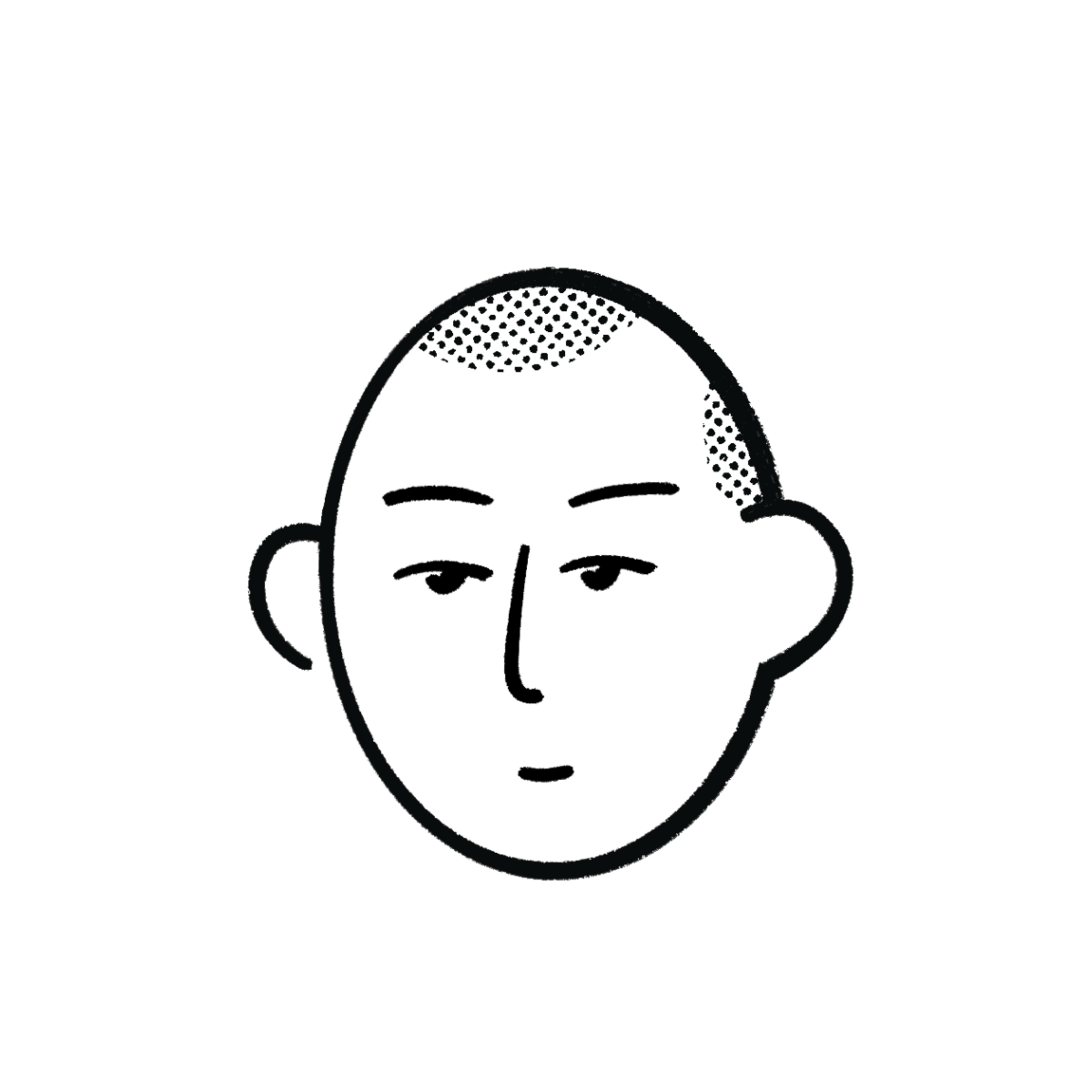August 25, 2019 • 5 minute read
Holistic Approach to Product Design
This framework is comprised of 5 phases; scope, research, design, handoff, and measure. Each phase contains 3 internal components; prompts, outputs, and outcome.
Scope
Prompts
- What is the problem to be solved?
- What is the project goal?
- What is the measurement for success?
- What is the timeline for the project?
Outputs
A shared project document for the team containing problem definitions, project goals, measurement criteria, and timeline User stories that identify what tasks need to be completed for project completion.
Outcome
A documented and shared understanding between all project team members and stakeholders identifying what the project scope is. Note: The scope may change depending on external factors but any changes should be communicated with the entire team.
Research
Does any research currently exist that the product designer can rely on to inform their work Research can also be extracted from internal data sources like customer support conversations, previous team research, or documentation. Does any new research need to be conducted? Investing time and resources into new research should produce a significantly better outcome for the project
Does the team need any new tools to be to conduct their research? New tools like session recording, user testing, and surveys should be considered if not already put into place.
Outputs
- User testing sessions (In-person or remote)
- Session recording reviews
- Customer surveys (In-app or email)
Outcome
Insights and information that create a clearer and more informed path forward for the design phase of the project. Research should be captured and distilled into project documentation.
Design
Prompts
Content design — any new copy need to be written? Who is responsible for providing content? What is the measurement for success? Is the project copy consistent with the brand tone and voice?
Interaction Design — What is the customer journey? Can we use existing interaction patterns or do we need to design new behaviors for product or feature?
Visual Design — Is the visual design inline with the current brand style? Is there an existing design system with components or patterns that can be reused for product or feature? Does visual design look and feel consistent with the current brand?
Testing — When evaluating the proposed design, start by determining whether it truly addresses the customer's core problem or goal. Then, assess the customer's overall experience to ensure they can achieve the product or feature's objective in a fluid and seamless way. Finally, decide if the design team should prototype their solution—either in person or remotely—with existing customers or comparable users to gather feedback and validate the effectiveness of the design.
Outputs
Whiteboarding — ...
Flow Diagrams — ...
Content — ...
Wireframes — ...
Prototypes — ....
Outcome
The design phase outcome should produce artifacts which provide sufficient guidance for engineering to move forward as well as provide reference material to product managers or stakeholders.
Handoff
- What is the problem to be solved?
- What is the project goal?
- What is the measurement for success?
- What is the timeline for the project?
Outputs
A shared project document for the team containing problem definitions, project goals, measurement criteria, and timeline User stories that identify what tasks need to be completed for project completion.
Outcome
A documented and shared understanding between all project team members and stakeholders identifying what the project scope is. Note: The scope may change depending on external factors but any changes should be communicated with the entire team.
Measure
- What is the problem to be solved?
- What is the project goal?
- What is the measurement for success?
- What is the timeline for the project?
Outputs
A shared project document for the team containing problem definitions, project goals, measurement criteria, and timeline User stories that identify what tasks need to be completed for project completion.
Outcome
A documented and shared understanding between all project team members and stakeholders identifying what the project scope is. Note: The scope may change depending on external factors but any changes should be communicated with the entire team.
Additional posts
- Tracking Work Tasks & Notes with Index Cards March 3, 2025
- Happy Fountain Pen Day November 3, 2022
- Holistic Approach to Product Design August 25, 2019
- Thoughts on Wireframing June 18, 2017
- When Should You Build a Design System? May 22, 2017
- Why We're All Building Design Systems July 11, 2016
- Barcamp Nashville 2015 October 21, 2015
- Better Bookmarking April 30, 2015
- Full Stack Design July 9, 2014
- Front End Development Workflow January 8, 2013
